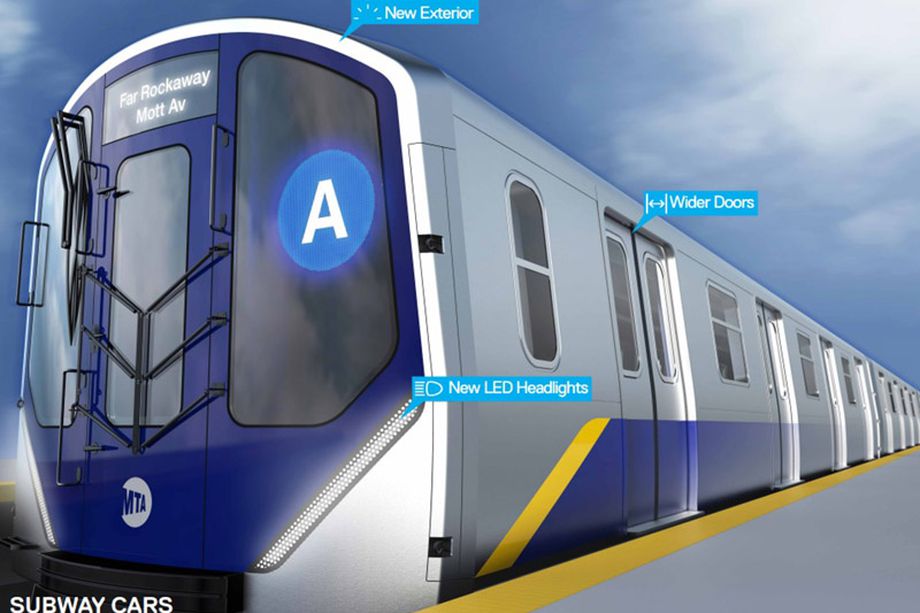by: Adam Roberts
AIANY is strongly committed to fixing our deteriorating subway system, which has been front-page news of late. A severe lack of funding for the MTA has led to the system’s current crisis. Trains are overcrowded, breakdowns are frequent, and long-planned expansions have stalled. For a good explanation on why the subway is lacking funding, check out this New York Times video.
A functioning subway system is integral to ensuring that New York has a well-planned built environment. Few things impact our profession as much the state of the subway. Buildings in New York are designed to work in tandem with the subway, making so many of our individual buildings and neighborhoods reliant upon the state of the entire system.
Numerous fixes for the subway system have been proposed. In late November 2017, the Regional Plan Association (RPA) released its long-awaited Fourth Regional Plan, which recommends changes to the governance of the entire metropolitan region. Chief among the recommendations relating to the subway are:
- Establishing a new entity to oversee the overhauling of the entire subway system within 15 years
- Replacing of nearly century-old signals and train controls
- Gradually phasing out certain jobs with new technology, such as fully automating trains
- Reducing congestion through station redesign
- Making all stations accessible to people with disabilities
- Elimination of weekday late-night service
- Eight expansion projects into current transit deserts
- Congestion pricing south of 60th and tolls on highways to increase transit funding
While we may not agree with all of the Fourth Regional Plan’s recommendations, they offer good conversation starters for policymakers and advocates. The proposals are incredibly expensive, as just upgrading the signals and train controls would cost around $27 billion. Nevertheless, most of them are necessary to ensure the subway system functions.
Currently, we are awaiting the release of President Trump’s long-discussed infrastructure plan, as well as the passage of Governor Cuomo’s state budget. Amongst our highest priorities as architects is how these plans affect the subway. If we continue to put off necessary fixes, costs will only skyrocket as the subway further deteriorates.
For more information on AIANY’s transportation advocacy, please review AIANY’s Transportation + Infrastructure Policy Framework. AIANY will also be collaborating with the RPA on an exhibition about the Fourth Regional Plan this summer.
Pulse Points:
- Community board applications are due by 5pm on Friday, February 9. You are eligible to apply for a community board in either the district you live or work in. AIANY highly encourages you to apply through the Manhattan Borough President’s application system. The link to the application system will also provide more information about serving on community boards.
- On Tuesday, February 27, AIANYS is partnering with the Preservation League of NYS to support the New York State Historic Tax Credit programs. Please click here to register for this advocacy day in Albany.
- On Thursday, February 15, from 6-8pm, New York City Emerging 2030 District is hosting a roundtable discussion on reducing greenhouse gas emissions in NYC with other building owners and managers, along with committed District partners from the property, service, and civic sectors. Click here for registration and more information.
- As part of AIANY’s mission to make design more physically accessible, the Center for Architecture’s restrooms now have signs indicating access for the handicapped, any gender identity, and the visually impaired.








